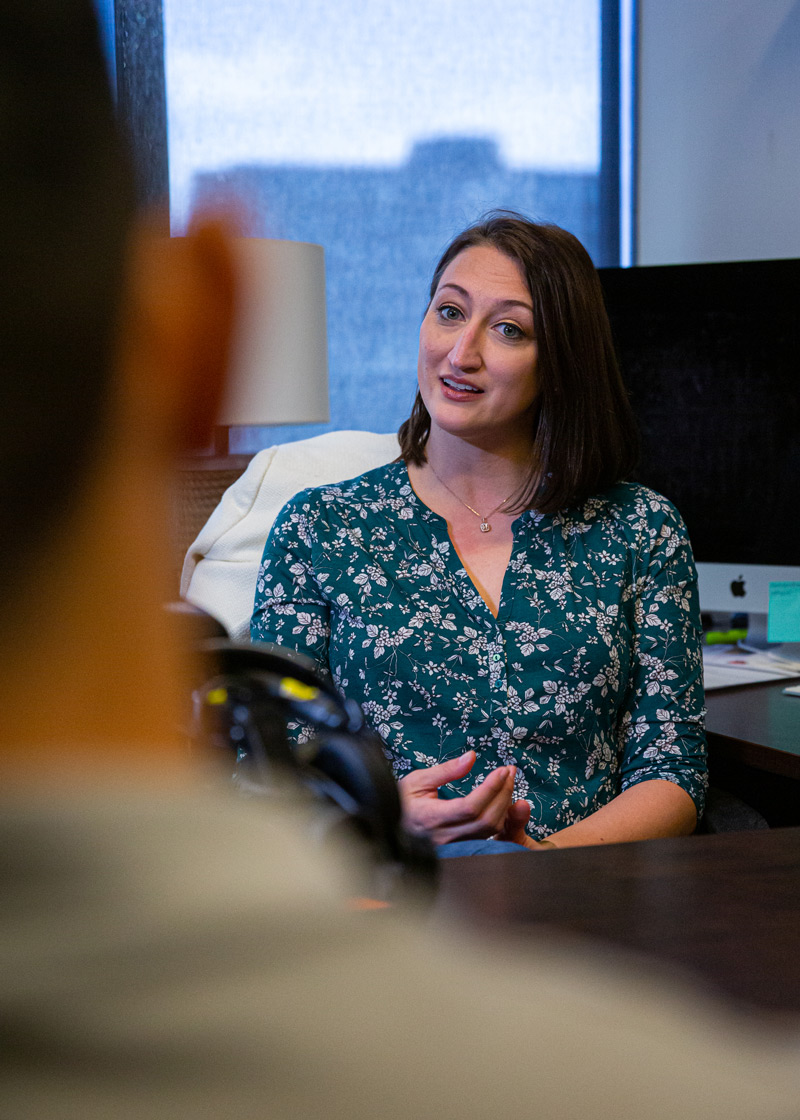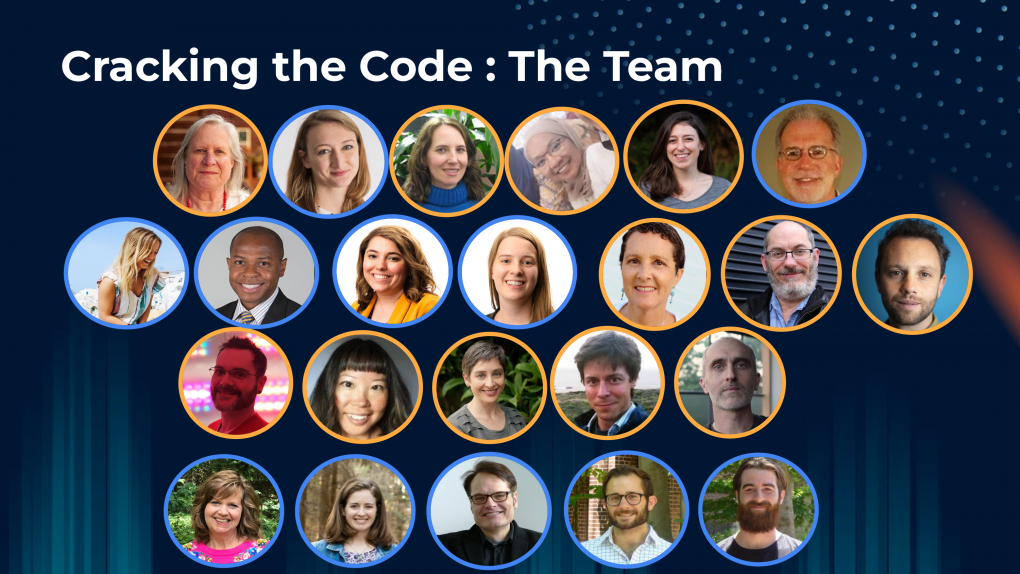
Asheley Landrum, Ph.D., assistant professor of advertising & brand strategy, recently wrapped a three-year research project funded by the National Science Foundation (NSF), in which she partnered with KQED, a multimedia production agency based in Northern California, with the goal of investigating how science professionals and science communicators could best reach younger and more diverse audiences.
The inquest began more than three years ago when Landrum was approached by Sue Ellen McCann, lead principal investigator of the NSF grant. McCann had seen Landrum's previous work concerned with predicting target audiences based on the Science Curiosity Scale (SCS), a measurement system developed by Landrum.
Landrum's expertise in science communication ultimately earned her the right to take on the massive, multi-year project.
“KQED was told by the NSF that it's not enough to use the money to just create programming,” Landrum said. “You have to demonstrate you are designing the programming based on research, then you're evaluating the success of the programming.”
With target audiences as her main concern, Landrum compiled a team of CoMC doctoral students, graduate students, and undergraduate assistants, and set forth to get answers.
Using a video series produced by KQED, Landrum found, on average, YouTube videos concerned with scientific materials garnered an audience which was 70% male. Even though the video series was designed to attract a female audience, some figures reported a 98% male audience.
“We spent the majority of the grant trying to dig in and find out why this show, which had done everything it needed to do to attract female audiences, wasn't reaching women,” Landrum said.
After gathering numerous videos about wildlife and nature, Landrum and her team manipulated characteristics such as thumbnails and titles, taking different approaches to understand how science communicators might best tailor their content to female audiences. Participants then viewed the video previews and decided if they wanted to watch the whole video.
In the end, Landrum's science curiosity measurement system remained valid and reliable, which is to say a predisposed curiosity about science is the greatest predictor of engaging with scientific media, regardless of gender.
The statistic displays the difficulty faced by media and communication practitioners when trying to reach diverse audiences with scientific content.
“We still saw that females were less likely to watch this content than men,” Landrum said. “In some cases, given the levels of manipulation, men were only slightly more likely to watch than women, but science curiosity was still strongly predictive of the desire to watch the video.”
However, a three-year grant led to many different insights.
When looking at a diverse audience, Landrum concluded generational divides did not affect participants' desire to engage with science content on select platforms.
“You might think that millennials are different than Generation X or baby boomers, but generations weren't a meaningful predictor of behaviors,” Landrum said. “There is a lot of within-group variance as well, so science curiosity remains the greatest predictor.”
Landrum also identified multiple “missing audiences” for science platforms. Black and Hispanic millennial women appeared to be much less likely to engage with scientific content. This was not the case for Generation Z women in the same demographics, further solidifying the within-group variance Landrum identified.

In a press release from KQED, McCann emphasized the large-scale implications of her collaboration with Landrum.
“This generous NSF funding has allowed us to study science media engagement beyond traditional market research and really dig into specific questions about our science content, working closely with the expertise of science communication researchers,” McCann said. Although Landrum came away with scores of data from three years of research, the work is far from over.
“We still have a ton of data we'll be going over and writing up for the next couple of years,” Landrum said. “How do people find stuff on YouTube? What do people of different ages and genders think science is? There's a lot left to be discovered.”
While Landrum finishes the analysis of the KQED-NSF grant, she remains vigilant to build upon what she discovered. She is currently seeking funding for a project that will focus on the gender-based participatory divide in engagement with science content.
Read more college news!
